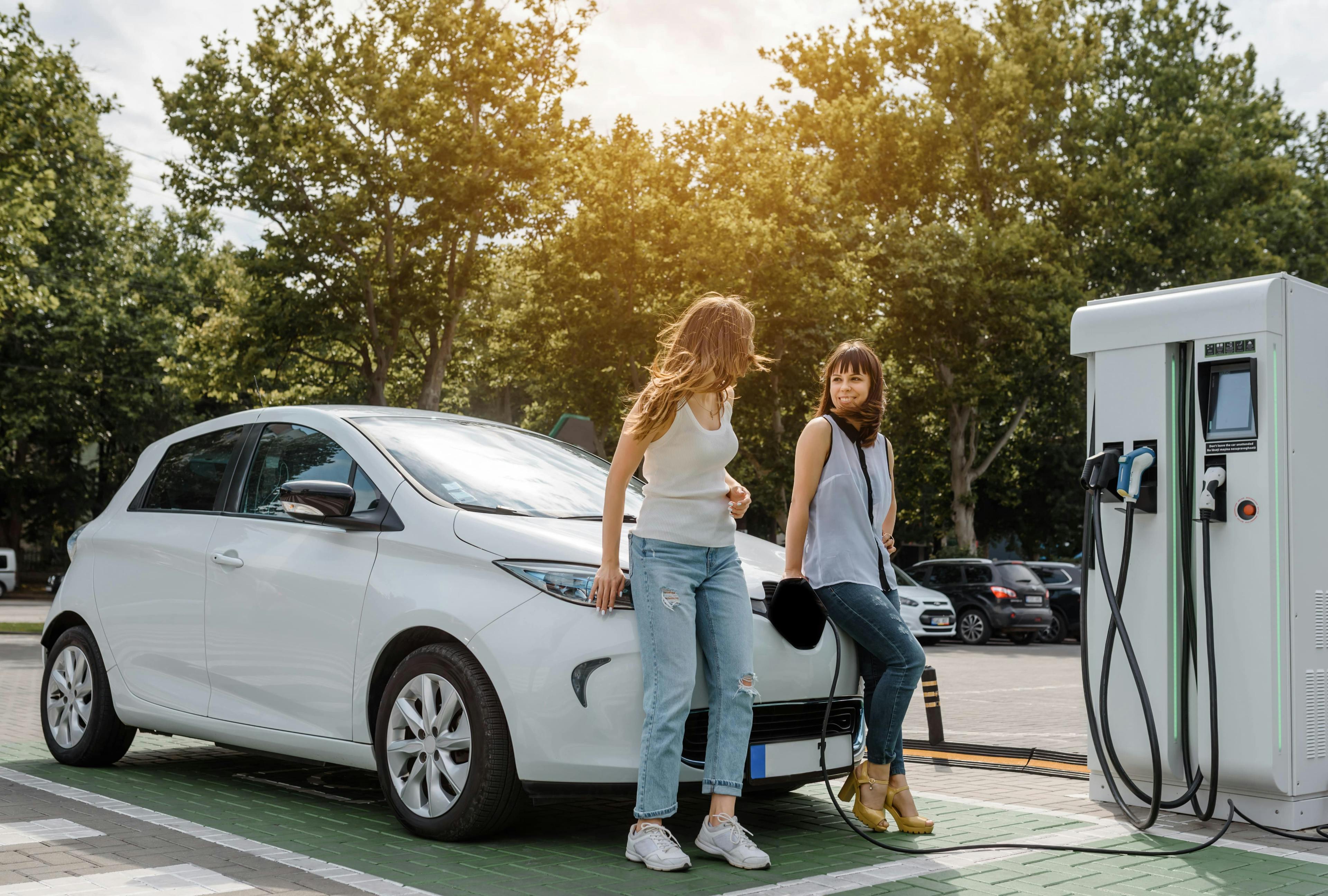
Why Every Mechanic Should Get EV Trained Now
If you're a mechanic, this is why you should look into EV training.
As we grow closer to the 2035 ban on petrol and diesel cars, the more popular electric vehicles are becoming. But surprisingly, only 16% of mechanics are qualified to work on electric cars.
If you’re a mechanic who is planning a long career in the automotive industry, here are all the reasons you should ensure you are EV qualified.
What is Different About an Electric Car from a Mechanic’s Point of View?
The most obvious difference between ICE and electric vehicles is the absence of an engine. Electric cars instead have an electric battery which powers every aspect of the vehicle, rather than the engine.
Electric cars also have significantly fewer moving parts - the average ICE car has around 2000, and an EV only has around 20.
Can Any Mechanic Work on an EV?
To complete work on an electric vehicle, the mechanic needs to hold a specialist qualification awarded by the Institute of the Motor Industry (IMI), which is the professional body for those who work in the automotive sector.
The reason a specific qualification is necessary is because of the voltage on electric car batteries is much higher than those on an ICE car – it is important to be trained as to know how to safely dismantle an EV if needed, without causing any serious injury.
Why Should I Get EV Trained?
If you are a mechanic, or a garage owner, here are some of the key reasons you should consider having yourself and your team EV trained.
They're in High Demand
As we mentioned, only 16% of UK mechanics are trained to work on EVs. This means that there are a limited number of garages that can work on electric vehicles. This makes it more difficult for electric drivers to find a garage to service or carry out maintenance work on their vehicles.
You could be losing out on customers by only working on ICE vehicles. Gaining the qualification will open your business up to EV drivers brings in a whole new customer base.
There Will Be Less ICE Vehicles, Therefore Less Work
By 2030, the National Grid predicts there will be between 2.7 and 10.6 million EVs on UK roads. That’s millions fewer ICE vehicles on the road, therefore millions fewer cars that will require your services.
By getting EV trained, you won’t miss out on work if your customers decide to trade their ICE vehicle in for an electric one.
It Will Expand Your Professional Expertise
Auto mechanics is a huge, complex knowledge base - an essential one. If you can expand your knowledge to include electric vehicles, your expertise will grow, and you will be seen as even more educated than before. This level of expertise will attract more customers.
How Can I Get EV Trained?
You can access the training for electric and hybrid vehicles on the IMI website. As a mechanic you will need to reach Level 4 in order to be qualified to work on EVs. Full completion of the training will earn you a place on the IMI Professional Register.
Read More
Do Electric Cars Have Gears?
Electric cars and ICEs work in different ways. While you're used to dealing with a gearbox in your current car, you don't have to in an EV. Find out why they don't need gears and how they work instead in this guide.
Do Electric Cars Have an Exhaust?
As electric cars do not produce any emissions, there is no need for them to be fitted with exhausts. This article can tell you why the lack of an exhaust on an electric car is beneficial.
When Will All Cars Be Electric in the UK?
Electric cars are rapidly growing in popularity, but they are still far from the norm in the UK. However, that will change very soon. Find out more about when all cars will be electric in this article.
Do Electric Cars Need an MOT?
Whilst they may be made up of fewer parts than a petrol or diesel car, electric vehicles need to be MOT tested every year once they are three years old. This article can tell you about the slight differences between an electric car MOT and a traditional petrol or diesel car MOT.